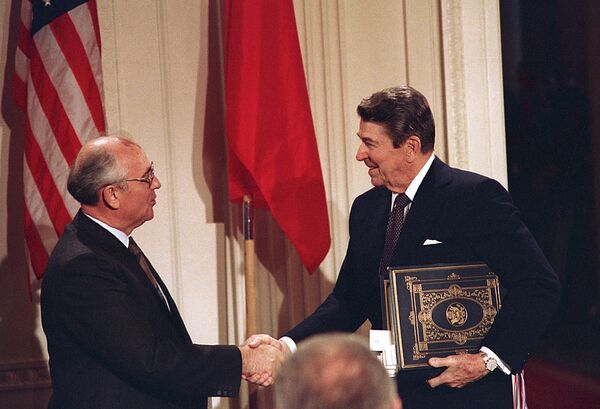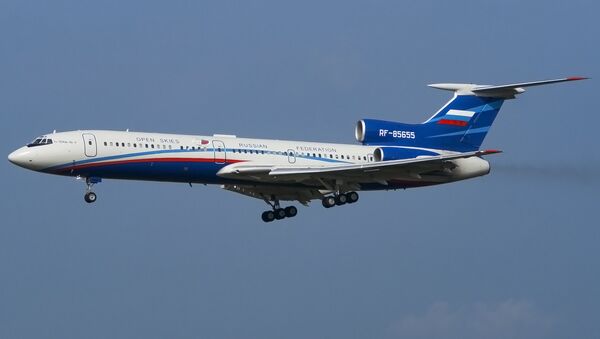The Cold War-era treaty was intended to promote transparency, understanding, and confidence by allowing signatories to conduct unarmed flights over each other’s territories and capture aerial footage of conditions on the ground.
The tit-for-tat scenario has seen both sides accuse one another of violating the agreement. The Americans worry restrictions over flights across Kaliningrad Oblast’s airspace, Russia’s westernmost territory, have been applied to conceal the deployment of sophisticated weaponry in the province couched between Poland and Lithuania along the Baltic Sea. "There have been reports about all kinds of sophisticated radar systems – air defense, area denial capabilities – designed to keep NATO warships and airships away," Michael Carpenter, former US deputy assistant secretary of defense, told the Manhattan-based newspaper Tuesday. “If they have that sort of weaponry, we would like to have more transparency about what is there," said Carpenter.
US officials also allege observation flights near Russia’s borders with South Ossetia and Abkhazia have been in restricted in violation of the treaty, according to the WSJ. Comparable restrictions might be placed on Hawaiian and Alaskan airspace, the newspaper reported. Russian officials have been apprised of Washington’s pending restrictions.
On Tuesday, General Joseph Dunford, US chairman of the Joints Chiefs of Staff, confirmed the US would like to remain a signatory but will scrap it "if Russia is not in compliance."
Kremlin spokesman Dimitry Peskov countered that any and all complaints should be handled professionally in compliance with the treaty.
“There is hardly any room for interpretations,” Peskov said Tuesday. “The Treaty on Open Skies is to be strictly followed,” he said, noting the treaty’s 34 members ought to “raise any complaints through mechanisms of the treaty, because each part has its own obligations under this document.”
The Russian side also believes members have failed to play by the rules of the treaty. “We have serious claims that a number of participating states are interfering with observation flights,” Alexander Peresypkin, retired Maj. Gen. and member of Russia’s envoy to Vienna, told WSJ. "Our partners, in an attempt to ‘balance’ mutual claims, often just come up with small problems, elevated to the rank of big ones," the official said.
A majority of the treaty signatories are NATO members that agree not to inspect each other’s territories, a fact that “creates a certain misbalance of information” and “violates the spirit of the treaty,” according to the Russian Foreign Ministry.
At least one US military official maintains the treaty should be sustained despite various disagreements about how well each party implements its statutes. “I’d rather have it. Anything that allows for transparency is worthwhile,” US Army in Europe Lt. Gen. Ben Hodges told the Wall Street Journal, noting, “but you got to enforce it.”
In addition to the observational flight agreement’s shaky future, the US Senate’s 2018 National Defense Authorization Act accuses Moscow of violating the 1987 Intermediate-Range Nuclear Forces (INF) Treaty. “Attempts to accuse Russia of violating several agreements, including the INF Treaty, are unacceptable to us,” Russian Deputy Foreign Minister Sergei Ryabkov said September 25. “During all the time when such accusations were voiced, the US side did not provide the facts which could have been used as ground for such claims,” he said.
Moscow and Washington have repeatedly accused one another over the years of violating the accord signed by former US President Reagan and former Soviet President Mikhail Gorbachev.





